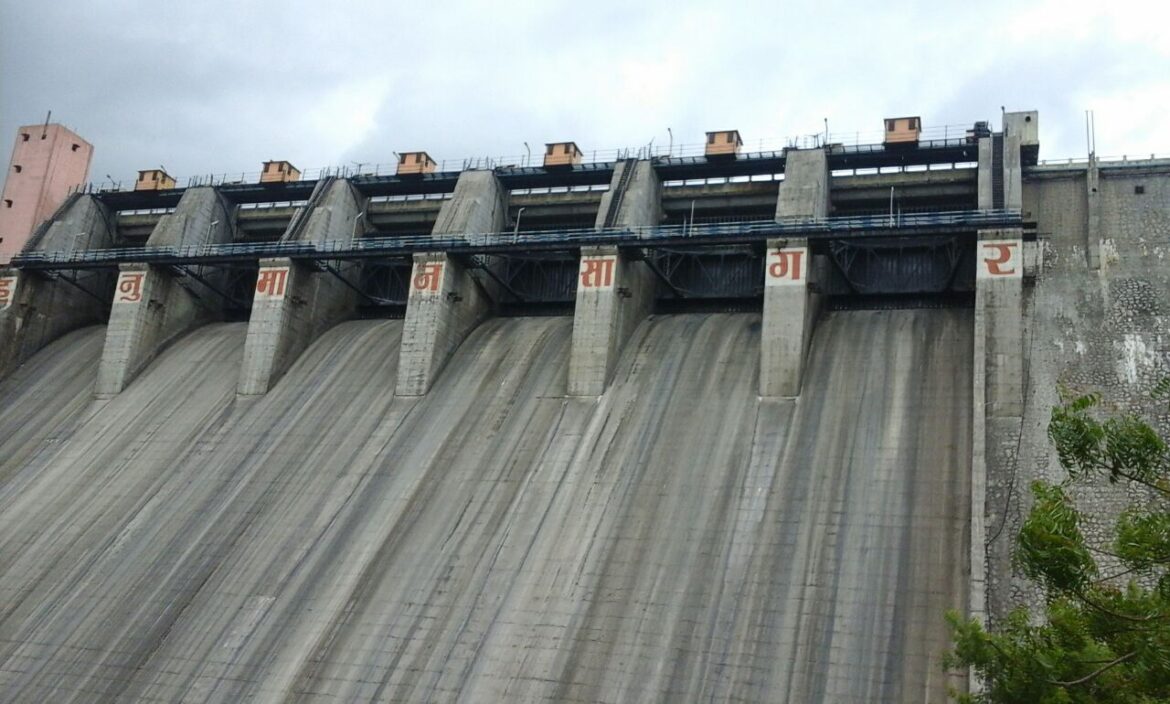The Egyptian government has announced plans to develop two new hydroelectric projects as part of its broader strategy to transition to cleaner energy sources and reduce dependence on fossil fuels.
These projects are expected to generate up to 2,000 MW of electricity. Unlike the Jabal Ataqa project, which utilizes treated sewage water, these new initiatives will draw water from the Nile River.
The Jabal Ataqa project, launched in collaboration with the Chinese company Sinohydro in 2019, aims to produce up to 2,400 MW and involves an investment of approximately US $2.7 billion.
The new hydroelectric projects highlight Egypt’s ongoing commitment to diversifying its energy mix and increasing its renewable energy capacity.
These ventures, employing advanced pumping and storage systems, represent a significant investment of US $2.5 billion.
Currently, hydroelectric power is Egypt’s largest source of clean energy, accounting for 7% of the country’s electricity production.
Wind and solar energy have also seen growth, contributing 5% of electricity in 2023, up from just 1% in 2015. However, this is still below both the global average of 13% and Africa’s regional average of 6%.
Over the past two decades, Egypt’s electricity demand has more than doubled, leading to a substantial increase in emissions from the power sector.
This rising demand has been predominantly met by fossil gas, which now constitutes 84% of Egypt’s electricity generation.
The country has set an ambitious target of achieving 42% renewable electricity by 2030, while the International Energy Agency’s Net Zero Emissions scenario calls for a global target of 60% renewable electricity by the same year.
![]()




